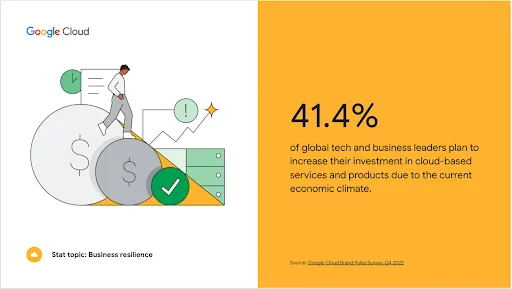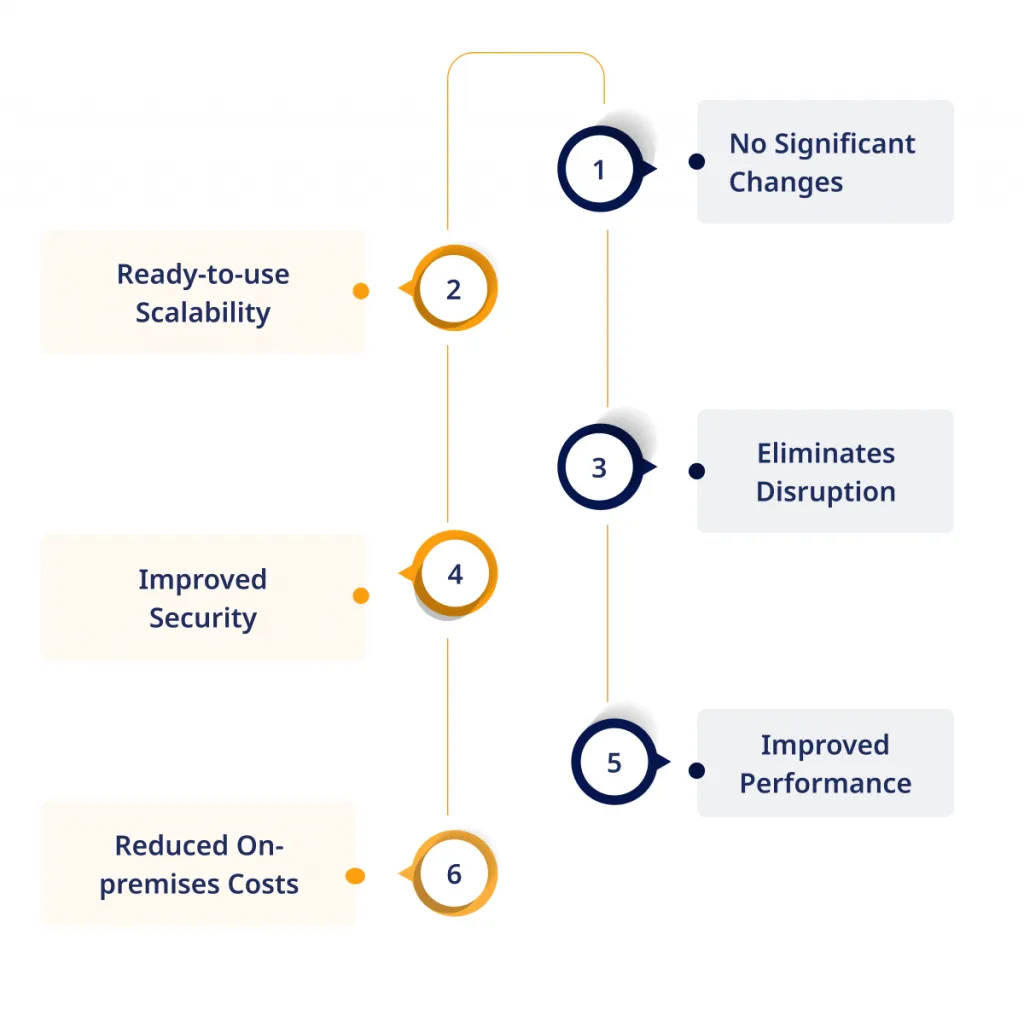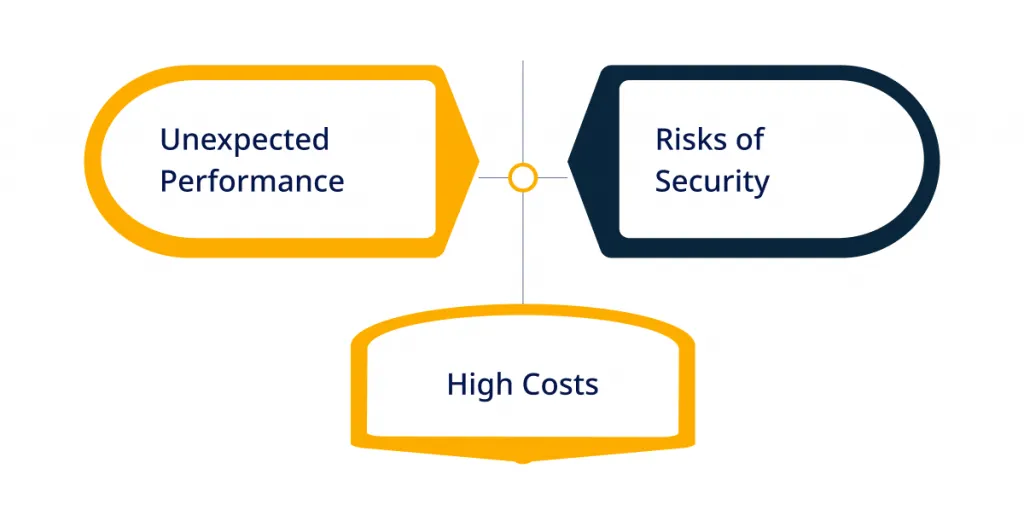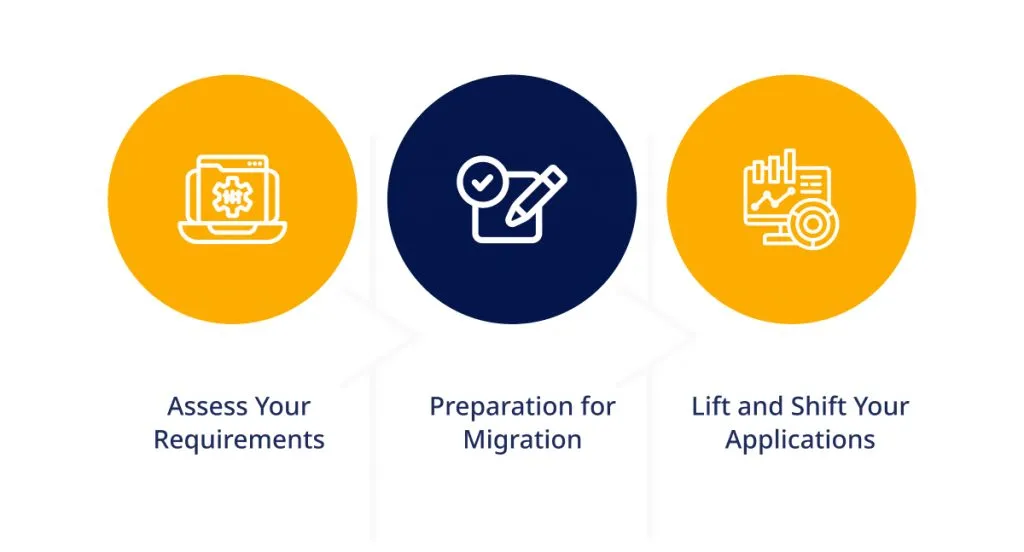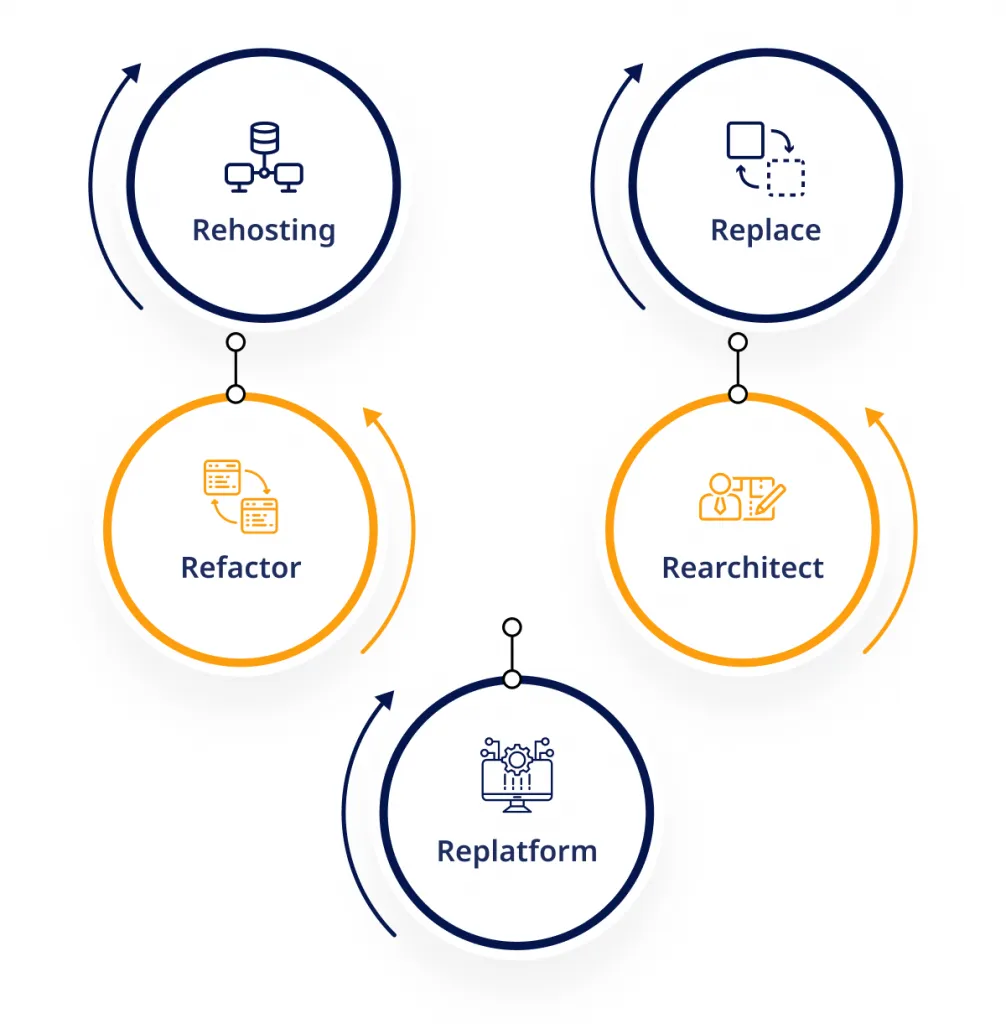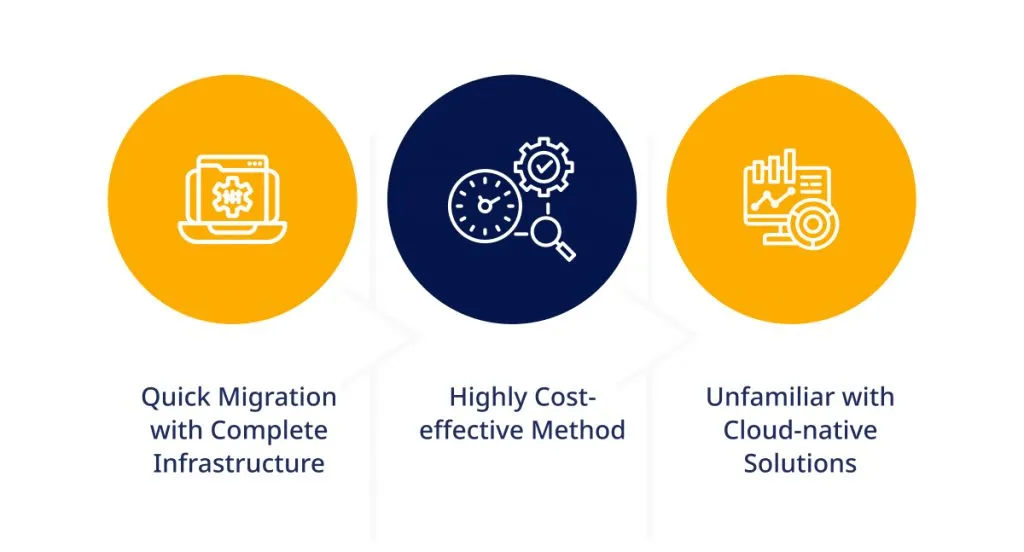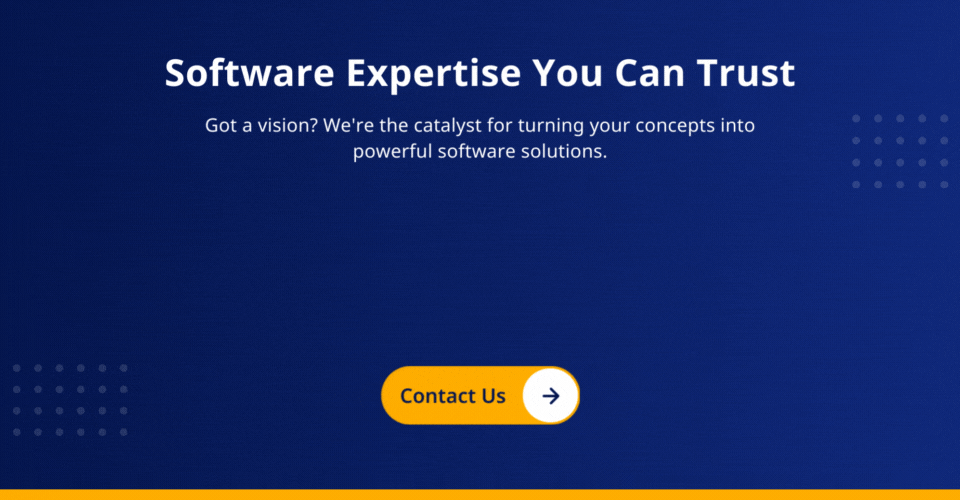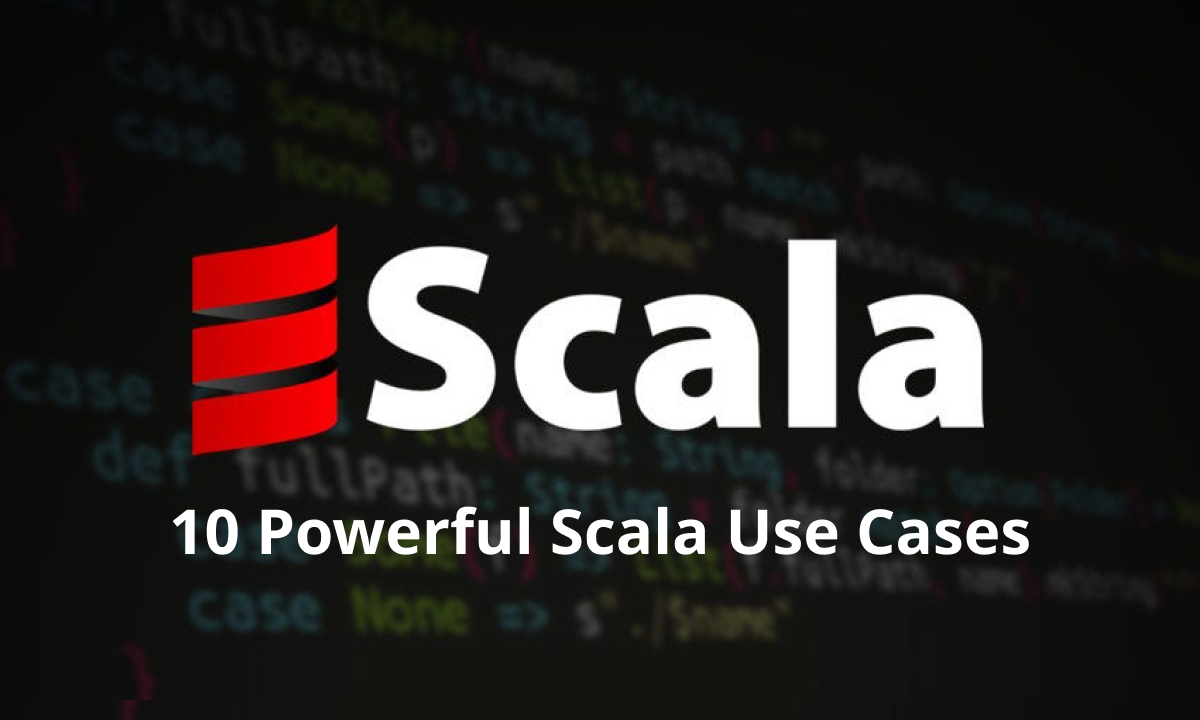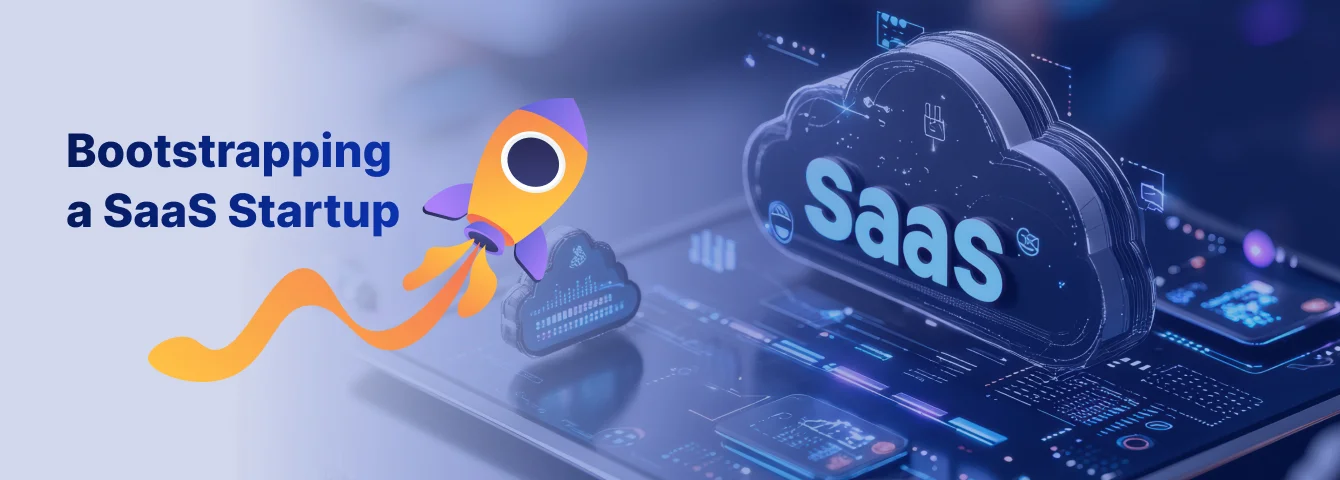Quick Summary: In cloud migration, a one-size-fits-all approach is absent. However, among the widely acknowledged strategies for migration, the “lift and shift” method stands out. This comprehensive guide aims to demystify lift and shift migration complexities, exploring its significance, advantages, key stages, and more.
In the fast-paced realm of technology, organizations grapple with the challenges posed by on-premises software and applications, striving to meet ever-evolving customer demands.
The answer to these struggles lies in the transformative power of cloud computing, offering a lifeline to those burdened by scalability issues, complex management processes, and the financial strain of constant hardware replacements.
With over 41.4% of global business and tech leaders gearing up to bolster their investments in cloud solutions, the significance of cloud computing services unfolds. Amid various migration strategies, the spotlight shines on the pragmatic “lift and shift.”
This approach empowers organizations to transition on-premises applications to the cloud as they are seamless, gaining traction as businesses increasingly embrace cloud migration.
This blog post will highlight the complexities of cloud migration gem. Understand the benefits, navigate through best practices, and follow a step-by-step guide for lift and shift migration guide.
Understanding Lift and Shift
The concept of “Lift and Shift,” also known as “rehosting,” refers to the seamless migration of an application along with its data migration in the cloud from one environment to another—most commonly, from on-premises data centers to the cloud. Notably, this migration takes place without necessitating a redesign of the application.
In essence, the process enables the smooth transition of data and applications to the public, private, or hybrid cloud, offering organizations a practical pathway to leverage the benefits of cloud environments while maintaining the existing structural integrity of their software and data.
Migrate seamlessly with us and revolutionize your applications for performance and efficiency.
Unlocking the Benefits of Lift and Shift Migration
Adopting your IT infrastructure’s lift and shift migration strategy offers many advantages, providing an efficient pathway to transition to the cloud seamlessly.
Let’s explore the key benefits of lift and shift migration:
1. No Significant Changes
Lift and shift allow for the relocation of applications to the cloud without substantial alterations.
This eliminates the requirement for application re-architecting, saving costs and resources. There’s no need to refactor or rewrite code, ensuring a smooth migration process with unaffected monitoring and management interfaces.
2. Ready-to-use Scalability
Enjoy the flexibility to scale your application effortlessly without the hassle of purchasing and physically installing new computing resources. Say goodbye to provisioning extra hardware to handle heavy traffic, as lift and shift simplifies the scalability process.
3. Eliminates Disruption
Migrate easily using the lift and shift model, requiring minimal personnel. On-premises applications operate seamlessly during migration, ensuring uninterrupted service and a smooth user experience.
4. Improved Security
Elevate your application security post-migration by leveraging the multidimensional security cloud infrastructure offers. Benefit from unified security methods, role-based access control, and enhanced user authentication, improving trust and protection against cyber threats.
5. Improved Performance
Opting for lift and shift presents an opportunity to harness optimized and performance-driven computing resources without the upfront purchase. Cloud services functions on a pay-as-you-go basis, allowing you to obtain higher computing power cost-effectively compared to on-premises IT infrastructure.
6. Reduced On-premises Costs
As applications shift to the cloud, on-premises burdens diminish. Experience reduced costs associated with managing and maintaining IT resources, freeing your team from the constant monitoring and updates required by traditional infrastructure.
Unlock the full potential of your migration journey with the comprehensive lift and shift migration guide, and explore the world of efficient and cost-effective cloud solutions. Consider our expert cloud application development services tailored to your needs for seamless transitions and enhanced services.
Also read: Top 20 Cloud Services Companies For Enterprises
Challenges of the Lift and Shift Strategy
While the lift and shift strategy offers a streamlined approach to cloud migration, it’s essential to understand the not all applications reap the same benefits.
Here, we shed light on the limitations associated with this migration method:
Unexpected Performance
Legacy applications optimized for on-premises environments often operate at peak efficiency. However, migrating these applications to the cloud doesn’t always guarantee anticipated results. Inefficient or slow-performing applications in on-premises environments may encounter similar challenges in the cloud without necessary modifications.
Fortunately, Amazon AWS cloud computing services come to the rescue with targeted solutions for performance issues. EC2 Auto Scaling within Amazon AWS is a valuable tool for enhancing application performance for organizations.
Additionally, offerings such as Amazon Aurora, a relational database service, and Amazon CloudFront, a low-latency CDN (Content Delivery Network), further address and optimize performance challenges in the cloud environment.
Experience the simplicity of lift and shift migration with seamless application transformation.
Risks of Security
Applications crafted for on-premises environments may have loose access rights, accessible by multiple users. When deploying mission-critical apps to the cloud, these access rights are seamlessly transferred to the cloud environment.
Given the shared and intricate nature of the cloud model, deploying applications with lax access control can expose vulnerabilities. However, fortifying the security of your applications in the cloud is achievable through various means.
Hire AWS developers and services to enhance and reinforce the security protocols.
High Costs
The shift from on-premises to the cloud alters capital expenditure into operational expenditure. Partially optimized applications may not yield the full cost-saving benefits of the cloud, potentially leading to increased long-term costs.
Ensure cost-effectiveness by utilizing AWS cloud services, including AWS Savings Plans, AWS Budgets, and AWS Cost Explorer, to monitor and optimize cloud service expenses.
While the lift and shift migration guide outlines a straightforward path, understanding and mitigating these limitations are crucial for a successful transition.
Explore our expertise in SaaS consulting & development services and SaaS product management for tailored solutions to enhance your cloud migration journey.
Also read: User-Centric SaaS Products: Expert Tips For Success
Navigating the Lift and Shift for Enterprise Applications
Executing a successful lift-and-shift process involves seamlessly transferring exact replicas of servers, databases, and infrastructure to the cloud.
However, following well-defined steps is crucial to ensure a smooth migration without disruptions. Here’s a breakdown of the lift and shift migration process:
-
Assess Your Requirements
Initiate the migration journey by comprehensively assessing your current system and processes. Cloud vendors play a crucial role in evaluating the migration’s feasibility in this phase.
Vendors identify and catalog your on-premises resources using specific tools and software for automated discovery. This automated discovery process reveals gaps in your system, enabling the vendor to propose optimal solutions that fill these gaps and facilitate application modernization.
-
Preparation for Migration
Following assessing your on-premises infrastructure, the subsequent stage involves thorough preparation for the impending migration.
Take a comprehensive approach, considering various aspects from both technical and business perspectives. It is crucial not to overlook the security dimension when evaluating the new system for your IT infrastructure.
Additionally, consider providing training for the operations team to ensure a seamless transition and foster familiarity with the upcoming system. This meticulous preparation sets the foundation for a successful and secure migration process.
-
Lift and Shift Your Applications
After completing all assessments and planning, the next step is to migrate your on-premises applications to the cloud platform. Establish the target environment, create new accounts, and configure necessary user accesses.
Set up tools and software to facilitate the seamless migration of applications and their data to the cloud. Utilize the application migration service for a smooth transition and improvement, especially in the case of AWS lift and shift.
This service enables you to migrate applications from any source infrastructure as long as it runs supported operating systems. Streamline the migration process to the cloud, ensuring a successful and efficient relocation of your applications.
Trust ValueCoders for expert lift and shift services, paving the way for your triumph.
Decoding Cloud Migration Strategies
Many strategies unfold in the intricate landscape of migrating on-premises applications to the cloud, each with distinct advantages and intricacies.
Selecting the right approach becomes an art intricately tied to the nuances of your application components and technical prerequisites.
A reasonable examination of various facets becomes paramount before embarking on the migration odyssey.
-
Rehosting (Lift and Shift):
This expedited strategy revolves around the prompt transference of on-premises applications to the cloud, circumventing the need for intricate code alterations. Organizations can seamlessly migrate applications in their current state, ensuring a rapid and efficient transition.
-
Refactor:
The refactoring strategy orchestrates minimal code modifications to balance celerity and productivity. This facilitates applications to assimilate effortlessly into the cloud environment, optimizing adaptability and functionality.
-
Replatform:
Nestled between refactoring and the ‘lift and shift’ paradigm, this strategy orchestrates relocating applications to the cloud with marginal code changes.
The extent of these modifications hinges on variables like the chosen cloud service, specific requirements, and the inherent nature of the application. Instances include leveraging PaaS (Platform-as-a-Service) strategies in cloud migration endeavors.
-
Rebuild:
Opting for a ground-up approach, rebuilding applications exclusively for the cloud platform entails the development of tailored cloud applications for the PaaS platform.
While resource-intensive, this becomes imperative when existing applications exhibit restricted functionality or possess a finite lifespan.
-
Rearchitect:
Organizations anticipating scalability in the cloud can delve into the intricacies of application rearchitecting.
This transformative process involves tweaking application code and features to augment scalability and performance, aligning the application with the dynamic demands of the cloud environment.
-
Replace:
In scenarios where existing applications fall short of present or future requisites, replacing them with off-the-shelf solutions proves expedient.
This offers a faster alternative to rebuilding from scratch, although challenges may emerge, encompassing complexities in application modernization and potential disruptions in established business processes.
Crafting the optimal cloud migration simplified: lift and shift strategy necessitates meticulously evaluating your distinctive circumstances.
Lift and shift with us for excellence, efficiency, and a future-ready digital presence.
Comparing Lift and Shift Model with Alternative Strategies
The lift and shift methodology, categorized under Infrastructure-as-a-Service (IaaS) migration, involves relocating applications to the cloud from on-premises infrastructure without modifications.
While it is a quick and straightforward approach, distinctions emerge from other cloud migration strategies, particularly Platform-as-a-Service (PaaS) and Software-as-a-Service (SaaS).
-
PaaS (Platform-as-a-Service):
PaaS is a comprehensive cloud platform that hosts, manages, and runs applications. This approach allows for the revision and optimization of applications to harness the platform efficiently.
Methods such as application refactoring, rearchitecting, and replatforming can be employed to optimize applications and leverage advanced cloud capabilities. PaaS encourages the adoption of modern architectures like microservices, containerization, and serverless through application rearchitecting.
Unlike the swift nature of the lift and shift process, PaaS demands more time and labor in the initial phase and incurs costs for application modifications. However, it offers substantial benefits, including enhanced application security, resiliency, and automation.
-
SaaS (Software-as-a-Service):
SaaS, a burgeoning cloud model with anticipated spending to reach $232 billion by 2024, provides an alternative to traditional on-premise applications.
In SaaS, existing on-premise applications are replaced with prebuilt cloud apps sourced from third-party vendors. This strategy offers a swift and cost-effective method for cloud migration, capitalizing on the infrastructure provided by cloud vendors.
SaaS amalgamates the benefits of lift and shift and PaaS migration, offering a low-cost approach with full platform potential. However, in the lift and shift strategy, applications are moved as-is, providing greater control over the application and the flexibility for future modifications.
Related Post: SAAS Application Development Challenges & Solutions
Understanding these distinctions among IaaS, PaaS, and SaaS is pivotal in determining the most suitable cloud migration option based on your organization’s unique needs and goals.
Each strategy offers distinct advantages, and careful consideration is essential to align your migration approach with your organizational objectives.
Choosing Lift and Shift Migration: A Strategic Decision
After understanding the advantages of the lift and shift migration best practices strategy, the next question arises: Is it the right choice for your situation?
Let’s delve into scenarios where the lift and shift approach is optimal for your cloud migration.
-
Quick Migration with Complete Infrastructure
Lift and Shift is the ideal choice when your goal is to swiftly migrate your entire infrastructure to the cloud, bidding farewell to on-premises data centers.
This strategy facilitates a rapid transfer of your on-premises infrastructure to the cloud with minimal or no modifications to your applications, ensuring a seamless migration experience.
-
Highly Cost-effective Method
Lifting and shift is a fitting choice if you seek a highly cost-effective method. The strategy lets you move your applications with minimal modifications, avoiding additional development expenses.
Additionally, it eliminates the need for costly license renewals and upgrades, as vendors handle cloud infrastructure maintenance. Cloud vendors like AWS further enhance cost optimization through tools like AWS Cost Explorer, offering insights to understand, monitor, and manage your expenses effectively.
-
Unfamiliar with Cloud-native Solutions
Choosing the lift-and-shift approach is prudent when you lack familiarity with cloud-native systems built from scratch in the cloud.
This strategy provides a seamless path to scale your infrastructure to meet growing demands without the complexity of delving into intricate cloud-native solutions.
By aligning your specific migration goals and circumstances with the advantages of the lift and shift strategy, you can make an informed decision ensuring a smooth and efficient cloud transition.
Our lift and shift services ensure your applications are ready for tomorrow's challenges.
In Closing
In the ever-changing world of technology, updating your applications becomes crucial. It helps cut costs, makes your business more flexible, and keeps you in line with current market trends.
Transitioning on-premises applications to a cloud-first model necessitates a meticulous assessment of requirements, weighing the benefits and risks of cloud migration for informed decision-making.
Embarking on the application modernization journey, the lift and shift approach is a seamless solution. This strategy facilitates the transition of on-premises applications to the cloud, streamlining the modernization process.
At ValueCoders, we bring expertise to simplify the effortlessly migrating on-premises apps to the cloud. Our comprehensive services encompass application redesign, re-architecture, migration, and custom development.
With a proven record in cloud migration, including the lift and shift strategy, we offer end-to-end app modernization solutions.
Take the first step toward an elevated digital future by contacting us. Discuss your unique needs, and let us guide you through the transformative realm of cloud migration. Elevate your applications, embrace modernization, and stay ahead in the ever-evolving tech landscape.
Ready to modernize your applications? Explore our services for a seamless transition with our experienced team. Contact us today to embark on your lift and shift migration journey.


